🏛️ The Last Wonder Standing: Why Only One of the Seven Ancient Marvels Survived

When ancient Greek thinkers compiled a list of the most breathtaking creations of human hands, they didn't set out to launch the world’s first "Top 7." Yet that's exactly what they did — not about music or tech, but about marvels that sparked reverence and astonishment. The "Seven Wonders of the Ancient World" became a tribute to ambition, divinity, imperial power, and aesthetic brilliance. But of those seven, time spared only one. The rest were claimed by war, weather, and erosion — or by myth itself.
🗼 7th: The Lighthouse of Alexandria – A Tower Lost to the Waves
A beacon of science and safety, the Lighthouse of Pharos once illuminated the Mediterranean under the rule of Ptolemy II. Built in the 3rd century BCE by architect Sostratus of Cnidus, it stood an astonishing 120–150 meters tall — among the tallest structures of its time.
During the day, polished bronze mirrors reflected sunlight across the sea; at night, flames lit up the coast for miles. This marvel guided sailors safely to Alexandria’s port for centuries — until earthquakes between the 8th and 10th centuries turned it into rubble. By the 15th century, its remains were repurposed to construct the Qaitbay Citadel, which still guards the coastline.
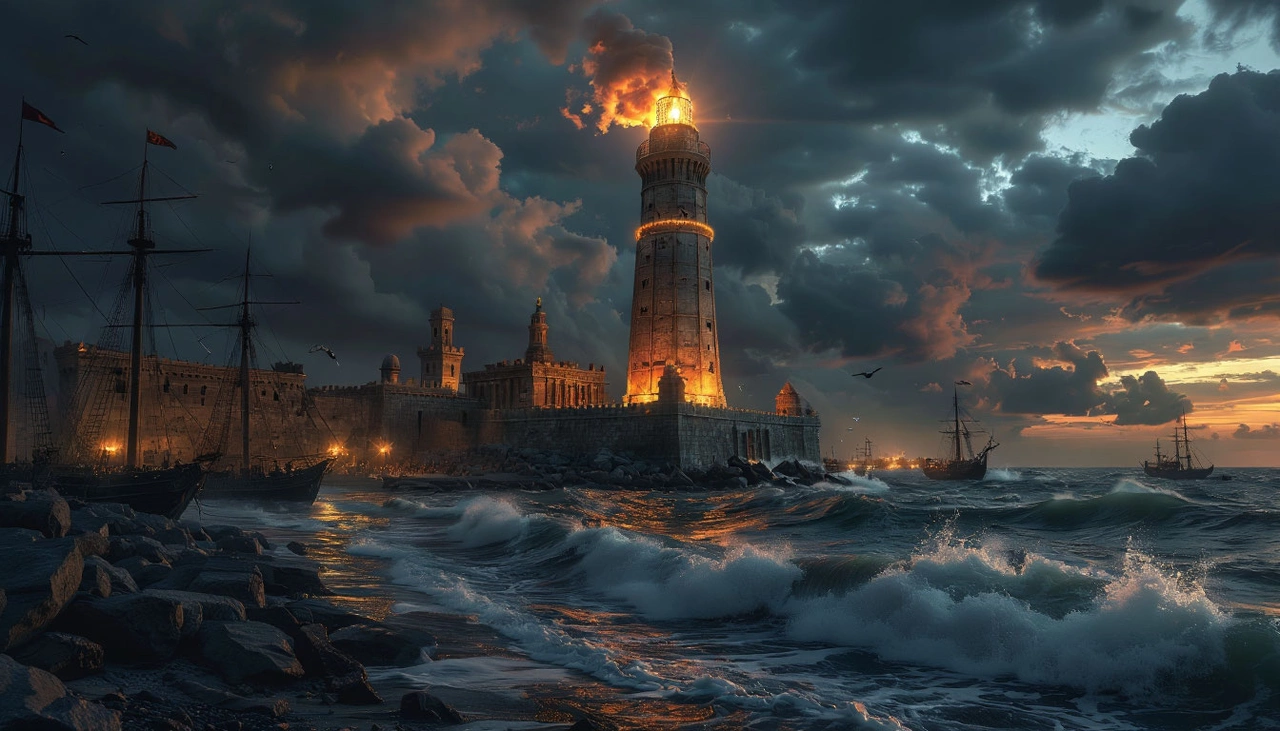
🗿 6th: The Colossus of Rhodes – A Giant That Vanished
Built to celebrate a military victory in 282 BCE, the Colossus of Rhodes stood 30–36 meters tall and symbolized the Sun god Helios. Some legends say it straddled the harbor entrance — ships sailing beneath its massive legs — though modern scholars doubt the feasibility of such engineering.
This grand statue only stood for 56 years before an earthquake shattered it. The ruins remained a tourist attraction for 800 years, until Arab forces allegedly sold the bronze remains as scrap. No trace of it exists today — only stories, speculations, and imagination.
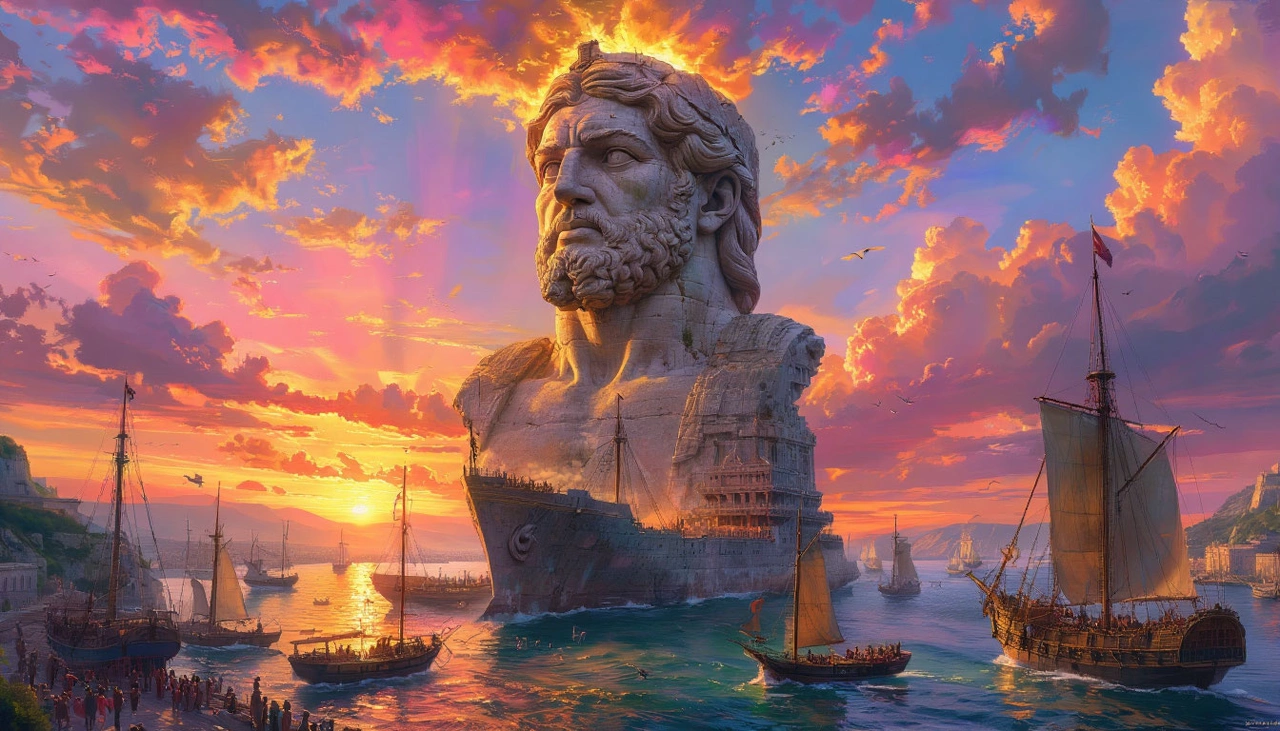
🏛️ 5th: The Mausoleum at Halicarnassus – Royal Grief in Stone
Commissioned by Queen Artemisia II in memory of her husband Mausolus, the Mausoleum of Halicarnassus was more than a tomb — it was a symphony of Greek, Egyptian, and Eastern design. Built in the 4th century BCE, it stood 45 meters tall and featured sculptures by the greatest artists of the time. It withstood earthquakes and invasions for 16 centuries. But in the 15th century, Crusader knights dismantled much of the structure to build the Castle of St. Peter in Bodrum. Fragments remain there today; others reside in the British Museum.
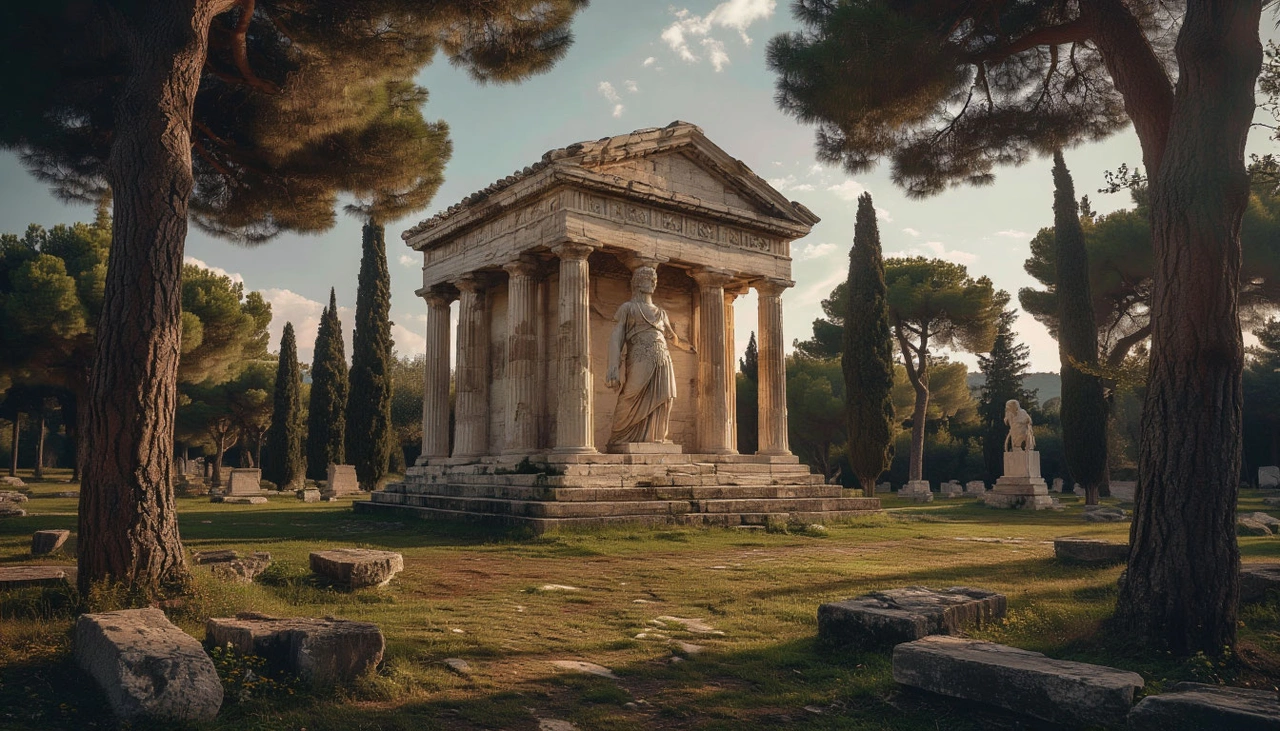
🏹 4th: The Temple of Artemis – Sacred, Beautiful, and Burned
Located in Ephesus (modern Turkey), the Temple of Artemis was considered the most beautiful of the ancient wonders. Built with over 120 marble columns, each 18 meters high, it was both a spiritual and architectural masterpiece. But in 356 BCE, a man named Herostratus set it on fire, seeking eternal fame. Ironically, his name endures — even though the Ephesians banned it. The temple was later rebuilt even more grandly but was eventually destroyed by Gothic raiders in the 3rd century CE. Today, only a single reconstructed column remains.

⚡ 3rd: The Statue of Zeus at Olympia – A God Who Disappeared
Created by the legendary sculptor Phidias in the 5th century BCE, the Statue of Zeus towered inside the Temple at Olympia. The seated god was made of ivory and gold, holding Nike in one hand and a scepter in the other. It stood as high as 17 meters — its head brushing the ceiling. The statue evoked awe, even fear, in those who saw it. But with the decline of pagan worship and the rise of Christianity, the temple was closed. The statue was likely moved to Constantinople, where it was destroyed in a fire — though no one knows for certain.
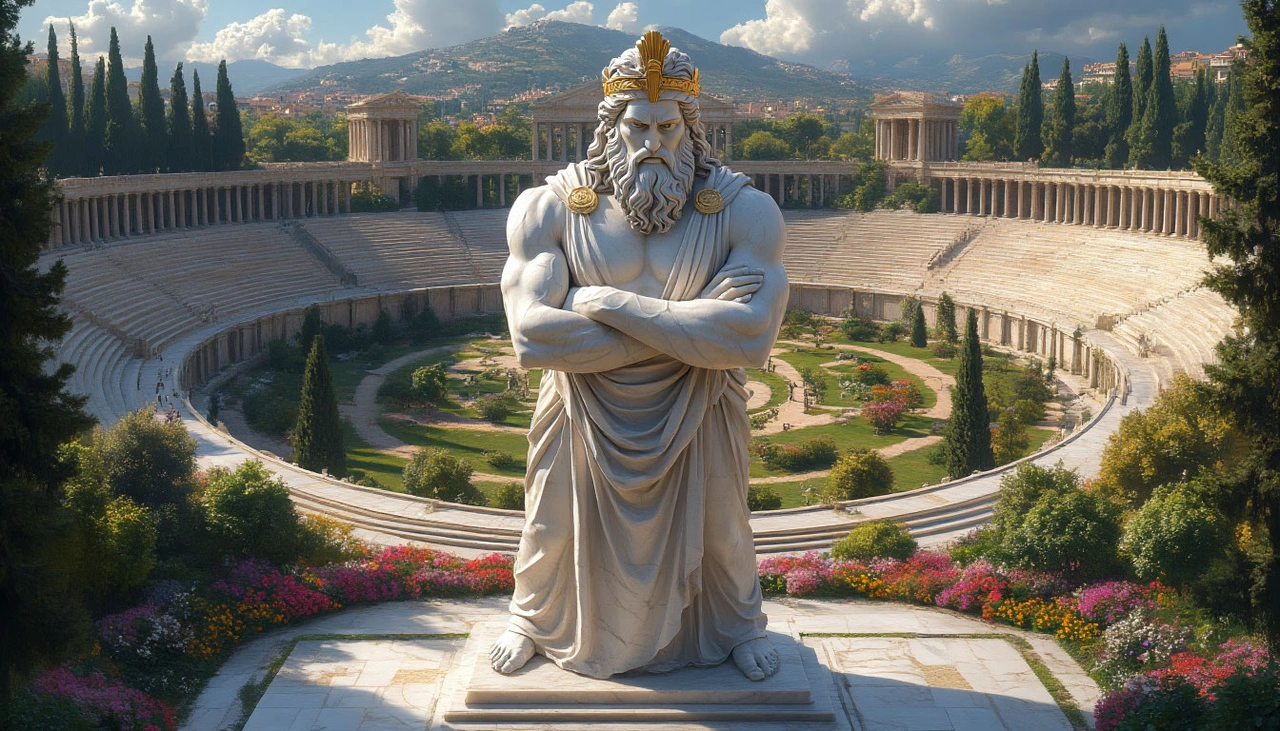
🌿 2nd: The Hanging Gardens of Babylon – The Wonder That Might Not Exist
Unlike the other six wonders, the Hanging Gardens of Babylon are a mystery — and may have been mythical. Said to be built by King Nebuchadnezzar II for his homesick wife around 600 BCE, the gardens supposedly featured lush vegetation on terraced platforms in arid Mesopotamia. No Babylonian records confirm their existence. Greek and Roman authors described them, but inconsistently. Some historians argue they were actually located in Nineveh, not Babylon. Archaeological digs in Iraq have found nothing conclusive.
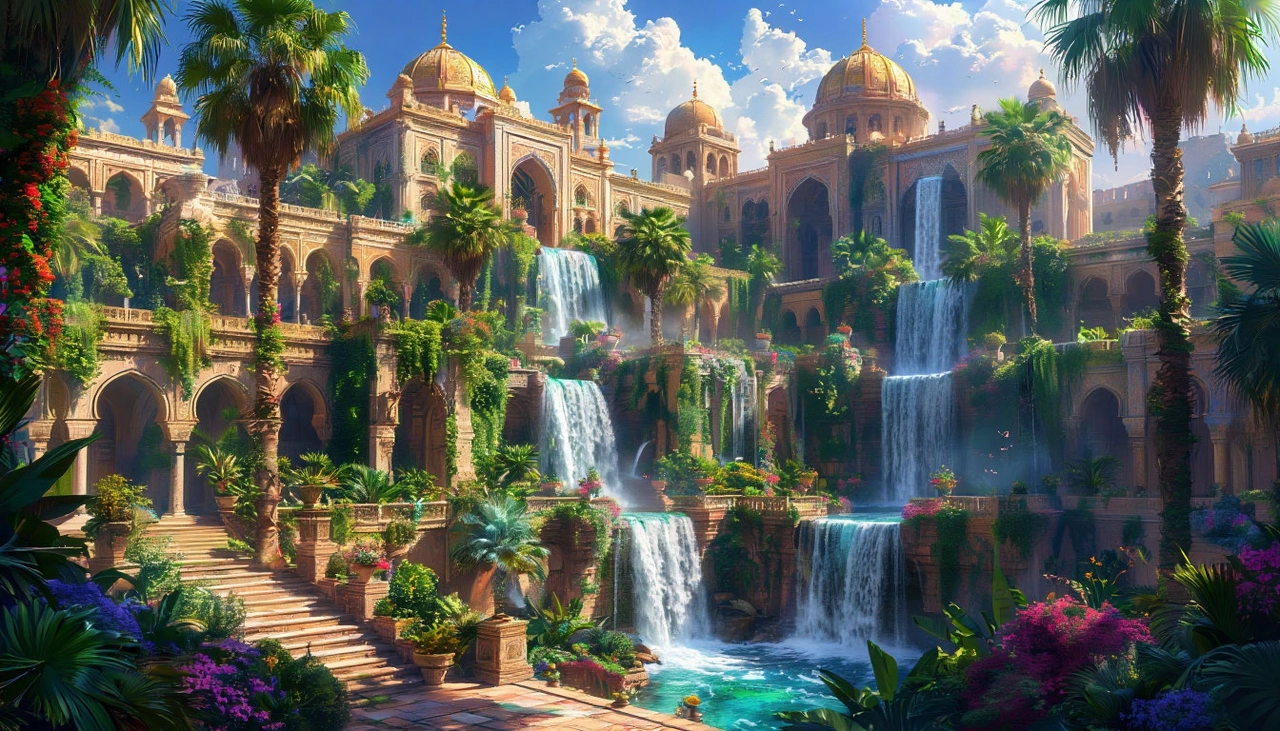
🏜️ 1st: The Great Pyramid of Giza – The Only Survivor
Built around 2560 BCE as a tomb for Pharaoh Khufu, the Great Pyramid of Giza is the only wonder that remains intact. Originally 146.6 meters tall (now 137 meters), it was the tallest man-made structure on Earth for over 3,800 years. Made from over two million limestone blocks, it defies modern understanding of ancient engineering. Some theorize it was built by slaves, others by well-paid seasonal workers. Regardless, it stands as a monument to the coordination, knowledge, and ambition of ancient Egypt.
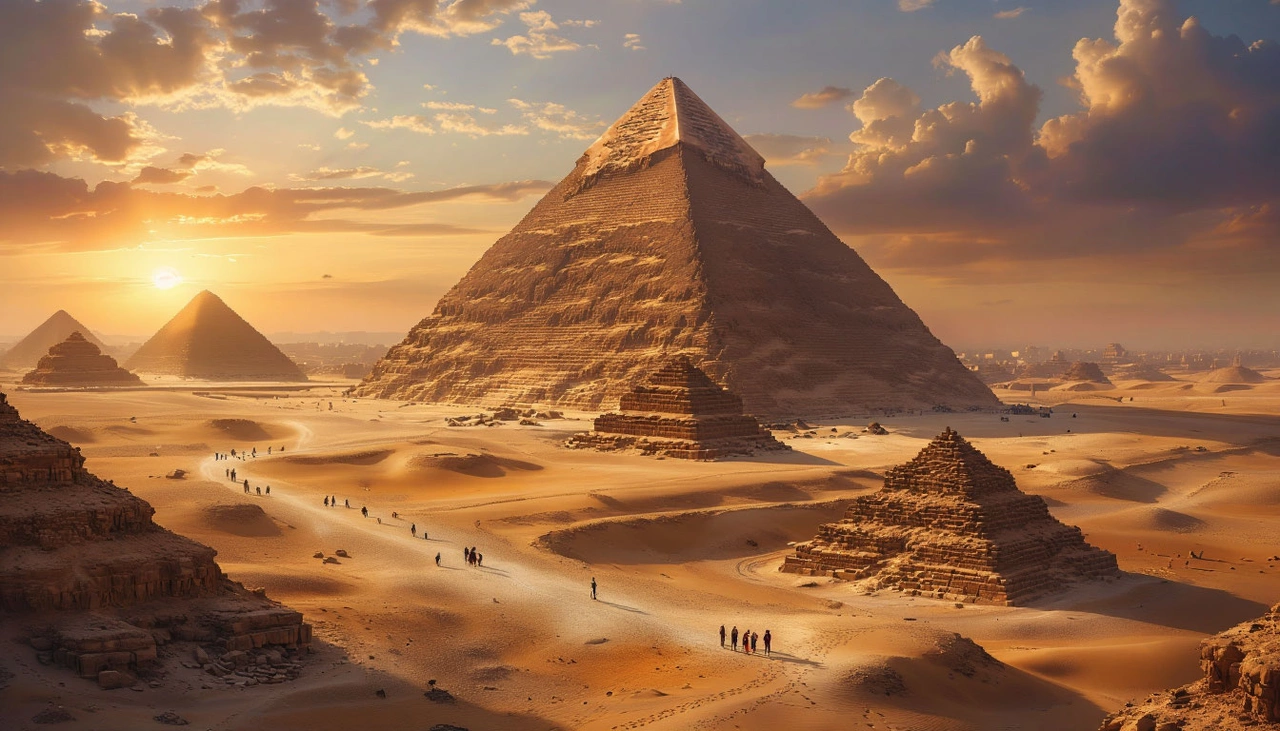
📚 Why Only One Remains
The wonders of the ancient world were not just tourist attractions. They were spiritual anchors, imperial boasts, and artistic triumphs. Yet all, except one, crumbled. Earthquakes, invasions, religious shifts, and time erased them from view — leaving behind ruins, reconstructions, and questions. Only the Pyramid of Khufu endured. It didn’t just survive. It transcended.
So next time someone asks, "Which of the Seven Wonders of the Ancient World still exists?", you can answer with certainty:
"The Great Pyramid of Giza. All the rest — lost to time."
Close